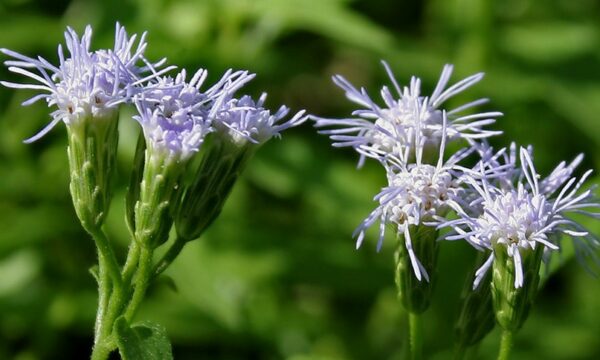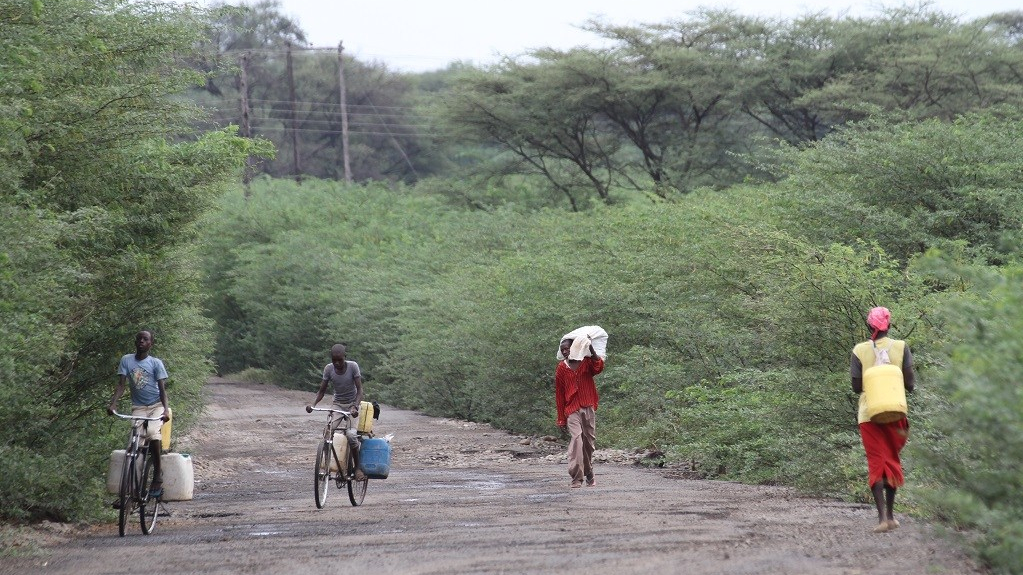
Invasions from non-native plants, animals and pathogens threaten the economies of the world’s poorest nations, according to a new study.
The study, published in Nature Communications (‘Global threats from invasive alien species in the twenty-first century and national response capacities’) found that one-sixth of the world’s land is highly vulnerable to invasion, including substantial areas in developing countries and global biodiversity hotspots.
Once IAS arrive in a new region, many thrive and outcompete other species, which have adapted to the local ecosystem through evolution. There is a great possibility that IAS can become the dominant force in local environment and out-compete native organisms for resources and habitat, choking river systems and wells, and preventing cattle from grazing and out-competing or eating native species. Around the world, they can cost up to $1.4 trillion annually.
In light of this and how globalization and environmental change are exacerbating the negative impacts of IAS, an international team of researchers analyzed the threats and evaluated national capacities to prevent and manage species invasions.
Often seen as a problem in more developed countries, the new study showed that invasions are also threatening the few remaining biodiversity strongholds in the world’s most fragile economies. They found that many low-income countries stand to lose out as their natural resources are sapped. These negative impacts are only expected to get worse as more trade, cross boarder work and particularly air travel leads to increased biological invasions.
The report highlighted that developing countries also have limited resources or plans to act against invasions of non-native species and are ill-prepared. Their findings also suggest that livelihoods and food security in these fragile economies are likely to be affected.
Poorer economies are crucially reliant on international trade and have little power to regulate imports, so the introduction of highly dangerous species is continuing.
The report’s authors, therefore, call for more international cooperation between governments and NGOs to tackle IAS issues and are encouraging developed countries to share their expertise. By uniting global data, the authors believe we can improve early-warning and eradication schemes to help in the fight against invasive alien species.
1 Comment
Leave a Reply
Related News & Blogs
Workshop explores strategy to tackle woody weed threat to biodiversity and livelihoods in Tanzania
CABI has taken part in a two-day workshop of a project funded by the Darwin Initiative which is aimed at tackling the scourge of woody weeds that threatens biodiversity and livelihoods in Tanzania. Dr René Eschen, based at CABI’s centre in Switzerland,…
8 June 2023





Too true. Invasive species are a big problem in India and there aren’t enough awareness programmes on how to identify and remove them.